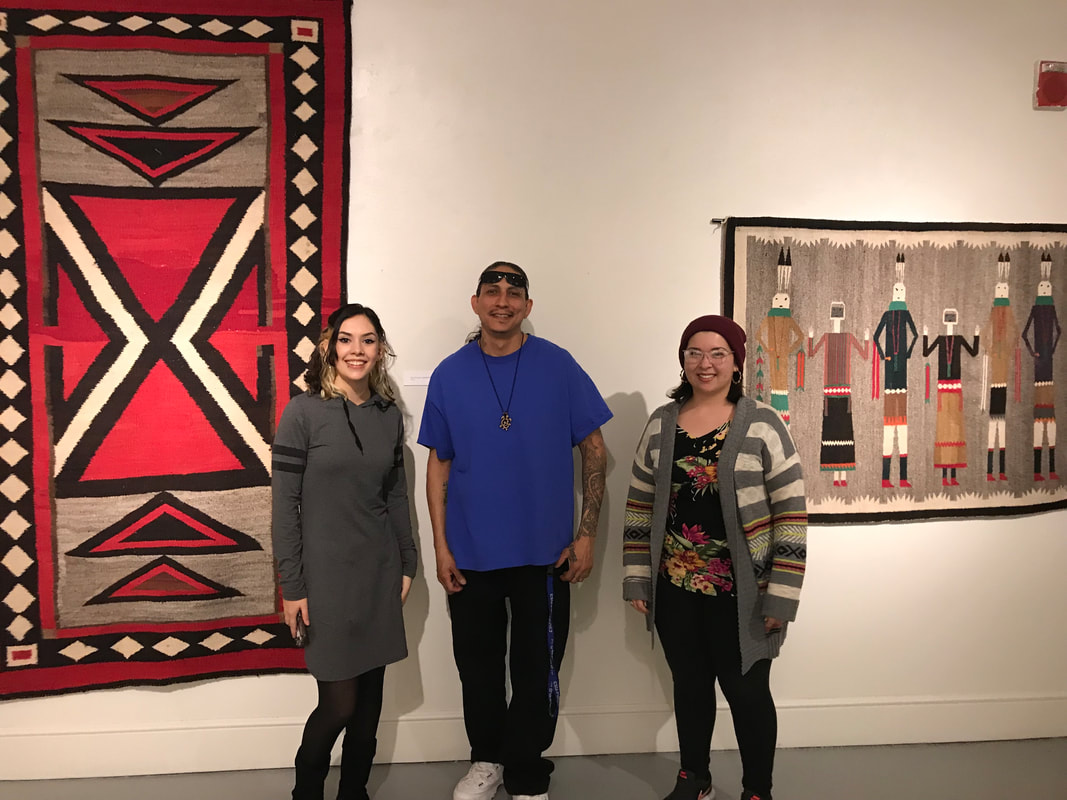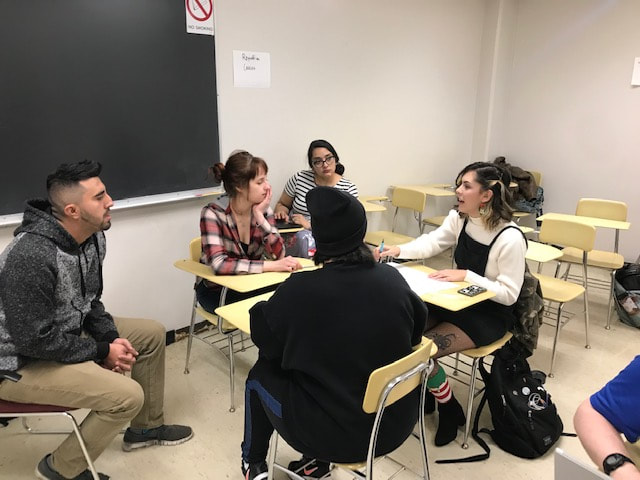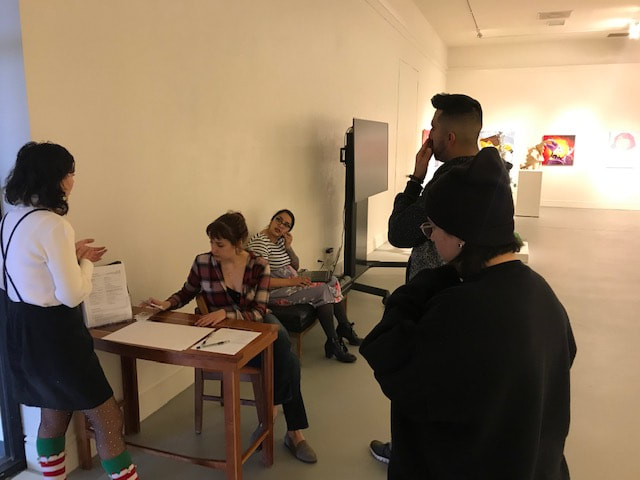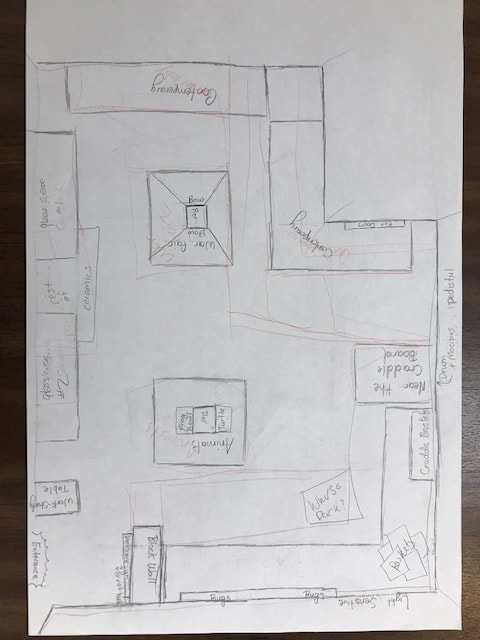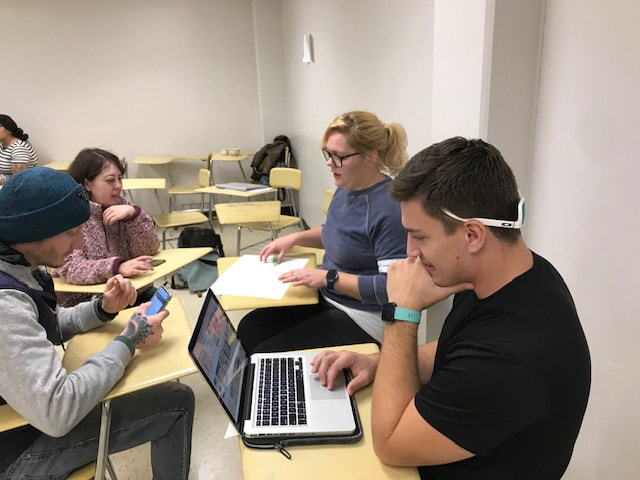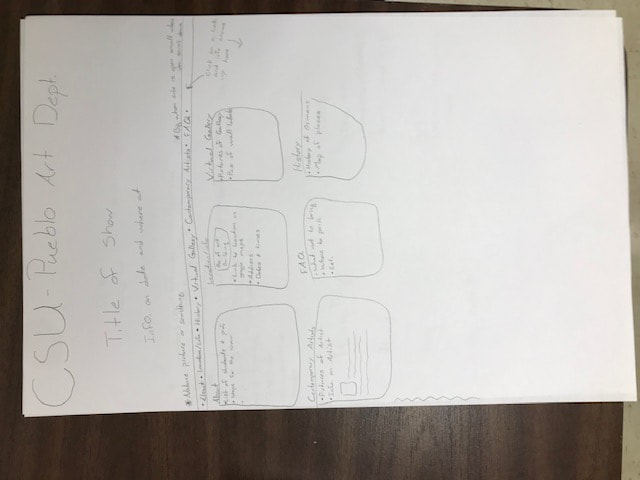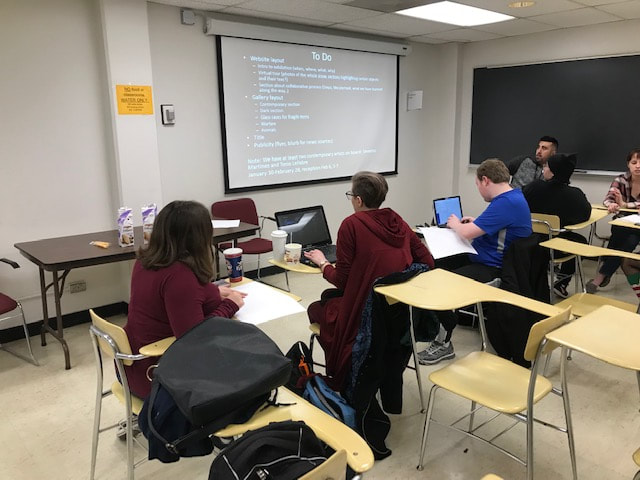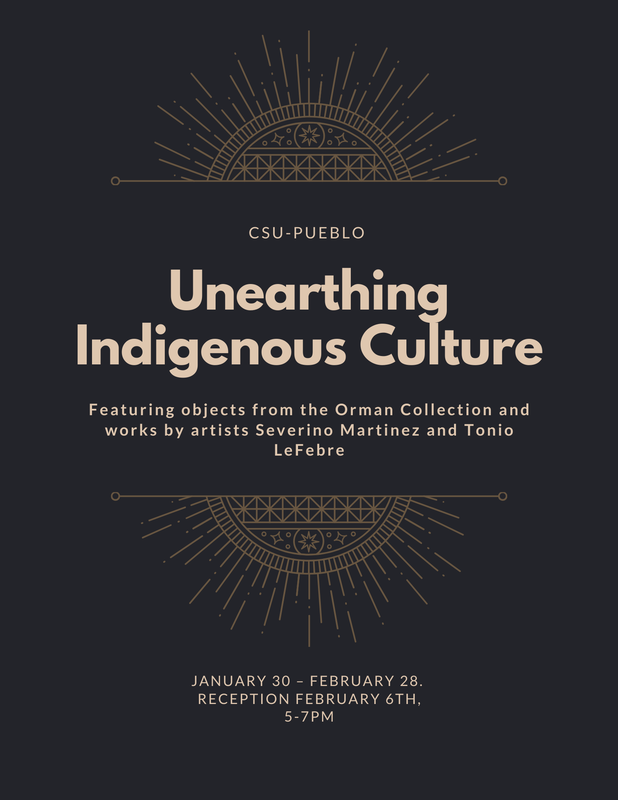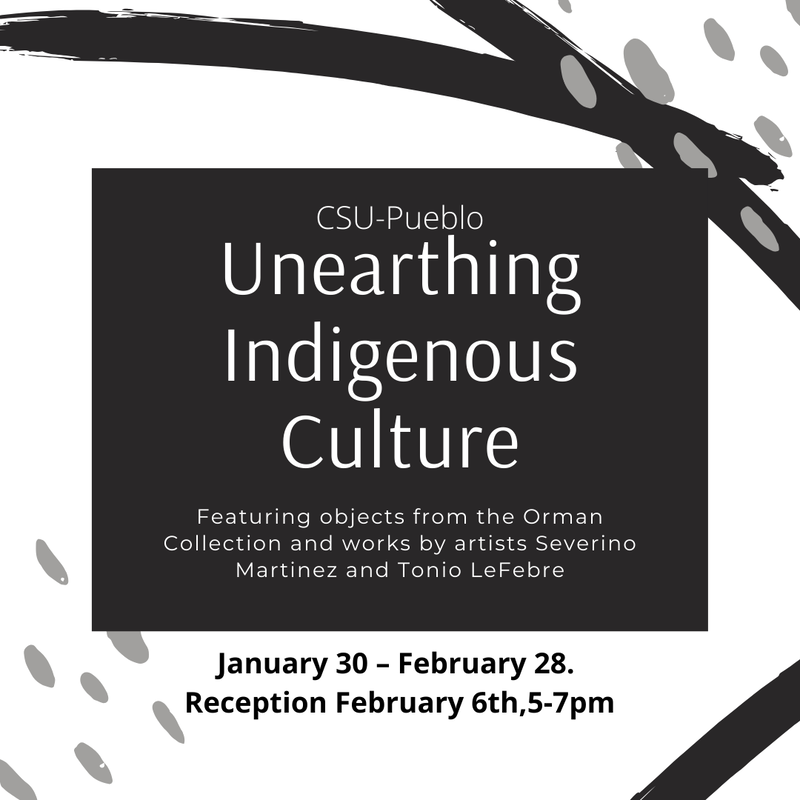Collaboration
This exhibition is the result of collaboration. Much of the planning was conducted in my Native American Art course during the Fall 2019 semester. The students of the course, Chelsea Arellano, Allison Ballotti, Catie Blickhahn, Miranda Gora, Anthony Jaso, Christiana Lieberman, Dalton Martin, River Martinez, Laura Martino, Chris Page, Dustin Ramirez, Cheyenne Romero, and Alicia Sevilla, participated in all stages of the project. Local artists Severino Martinez, also a current CSU-Pueblo student, and Arley Woodty contributed contemporary artworks to the exhibition. Archivist Bev Allen taught students how to handle historic objects and gallery director Caroline Peters publicized and installed the show.
Process
|
MeistertaskWe used free Meistertask accounts to collaborate and plan. Students created a notecard for each of their objects, allowing us to see all the artworks at a glance, and the website enabled us to organize the artworks into groups to facilitate installation in the gallery. The website was user-friendly. Accounts were quick to set up and objects could be easily moved between groups. Students contributed to our Meistertask board from home and we also discussed and modified our groupings in class.
|
Gallery Layout Team
|
|
Chelsea Arellano, Christiana Lieberman, River Martinez, Laura Martino, and Cheyenne Romero formed the Gallery Layout Team. Working with our Meistertask catalog, paper, and pencil, they made detailed plans to organize the artworks in the gallery space. |
Website Design Team
|
|
Allison Ballotti, Miranda Gora, Chris Page, and Dustin Ramirez worked on website design. They created plans for an exhibition website filled with educational content. |
Publicity Team
|
|
Catie Blickhahn, Dalton Martin, and Alicia Sevilla formed the publicity committee. They created flyers, an instagram post, a blurb for news sources, and an extensively list of avenues for advertising the show. |
What we Learned
This was the first time organizing an exhibition for myself and almost all students in the course. We all learned a great deal not only about putting together an exhibition but also about the artworks in the collection. This project gave student’s first-hand experience with historic objects, experience with museum and gallery work, involved them in the history and culture of our region, and allowed them to be active participants in a community-engagement project that continued beyond the semester.
Copyright 2020 Rachel A. Zimmerman
